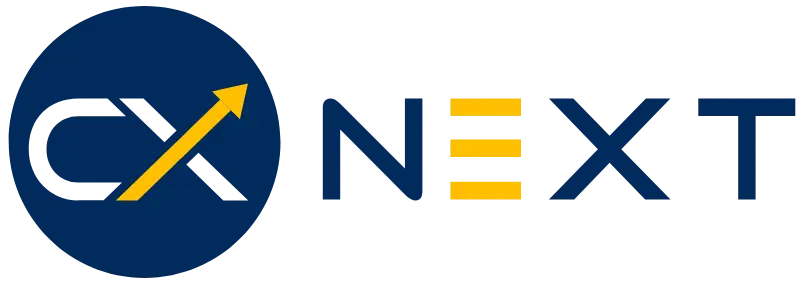In today’s regulatory landscape, compliance is more than just a checkbox—it’s a strategic enabler. Microsoft Purview provides a unified platform for information governance across cloud, hybrid, and SaaS data environments, offering automated data classification, retention, incident alerting, and audit-ready reporting. In this article, you’ll learn how to design automated compliance workflows that scale with your organization.
Key Components of Purview Compliance Automation
Data Discovery & Cataloging: Scan across Azure, on-prem systems, and SaaS services to build a unified data catalog, simplifying visibility and classification.
Auto-Classification & Sensitivity Labels: Automatically apply labels like “Confidential” or “PII” based on built-in classifiers or custom detection rules.
Data Loss Prevention (DLP): Detect and block unauthorized data sharing across Microsoft Teams, SharePoint, and Exchange.
Audit Logging & Monitoring: Centralize user and administrator activity logs with dashboards and alerts for proactive visibility.
Compliance Manager: Gain score-based compliance tracking, improvement suggestions, and audit-ready evidence for standards like GDPR, HIPAA, and ISO—in automated and manual workflows.
Automated Testing & Improvement Actions: Compliance Manager evaluates actions automatically using signals from DLP, Data Lifecycle Management, and Defender for Cloud. You can also assign manual actions and track evidence.
Alerting & Workflow Automation: Create Power Automate flows to trigger notifications or remediation steps for compliance alerts.
Building an Automated Compliance Workflow
Define Scope: Identify regulated data types and applicable frameworks (e.g., GDPR, PCI-DSS).
Implement Classification: Deploy auto-label policies using Microsoft dataset templates or custom classifiers.
Enforce Protection: Apply DLP rules layered on top of sensitivity labels to control access and sharing.
Enable Monitoring: Configure audit logging with alerts to track violations and admin activity.
Track Compliance Posture: Use Compliance Manager to monitor scores, assign tasks, and maintain evidence for audit readiness.
Best Practices
Start in simulation mode: Validate auto-classification and DLP rules without enforcing disruption in production.
Use Compliance Manager templates: Leverage the built-in regulatory frameworks to accelerate rollout and consistency.
Enable prioritized alerts: Focus on high-severity policy violations and integrate with your security monitoring systems.
Ensure governance visibility: Share dashboards and reports with stakeholders to maintain trust and transparency.
Define roles and responsibilities: Establish clear ownership across roles like Compliance Lead, IT Operator, and Auditor within Purview.
Capability Comparison Table
| Feature | Function | Compliance Value |
|---|---|---|
| Auto-Labeling | Automatically applies classification labels. | Ensures consistent classification and reduces manual effort. |
| DLP | Enforces protective actions on sensitive data. | Prevents accidental or unauthorized data exposure. |
| Audit Logging | Captures user and admin actions across services. | Provides forensic traceability and audit records. |
| Compliance Score | Quantifies compliance with actionable recommendations. | Enables governance oversight and audit readiness. |
Conclusion
Microsoft Purview transforms compliance from a reactive chore into a proactive, automated strategy. By integrating auto-classification, DLP, audit logging, and compliance scoring, organizations can not only stay secure and compliant, but also demonstrate governance maturity. Begin with a focused pilot, measure your outcomes, and scale confidently. Reach out to CXNext for expert integration and tailored Purview deployments.

